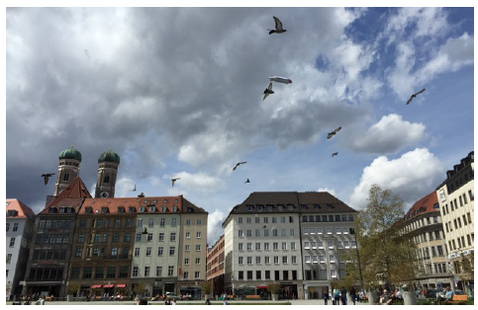Content

Increasing urbanisation worldwide is presenting urban regions with new challenges. The future-oriented city must confront economic, sociocultural and demographic structural changes as well as the consequences of climate change with appropriate and sustainable development strategies.
The ecologic, social, economic and urban building relevance of adaptive open spaces with their diverse requirements will grow stronger in the future.
However, so far, scientific research about the complex interactions of climate relevant appropriation and design of these multi-functional open spaces is lacking to provide effective contributions to enhancement of urban living quality and species diversity in times of climate change.
Objectives
This subproject will focus on the synergy effects of nature elements and design of urban open spaces as well as their effects on users and the climate.
The spacial-temporal and social synergy of building materials, plants and humans on urban, multi-functional open spaces plays an important role here. The main objective of the work is to provide concrete planning and design guidelines. These will help landscape architects in the conception of multi-functional and climate relevant open spaces.
Planning for these increasingly multi-functional open spaces will require finding more than simply artistic solutions.
Methods
Within the research project 100Places:M 100 places will be evaluated systematically. Due to the great variety of its existing green spaces, Munich is ideal for this study, allowing examination of a diversity of constructions.
The aim of this inventory is the generation of a database to provide an overview of public places in Munich and their climate potential.
In addition, case studies will be conducted on current developments and challenges of sustainable design of city squares. In particular, we will focus on the newly arising human-insect-tree-fabric caused by climate change, the affective impact of new construction materials and the potential for food production in public areas.
Hereby, the following study questions will be answered:
- Which socio-material relationships in multifunctional open spaces play an important role for the use, appropriation and meaning for different stakeholders?
- Which objectives are relevant for adaptation to climate change in small city squares?
- How can the resulting findings be integrated in future design and management of open spaces?
- How can spatial-integrative open space concepts be developed and integrated?
- How can this integrative process be effectively supported in practice through the development of planning and design recommendations and methodical tools?
The aim is the development of a guideline or compendium summarising the results of the study in the form of factsheets and info-graphics.
The goal of this publication is the generation of a better awareness for the relationships of climate change, design and appropriation in public areas by city planners, landscape architects, scientists, municipalities and citizens.